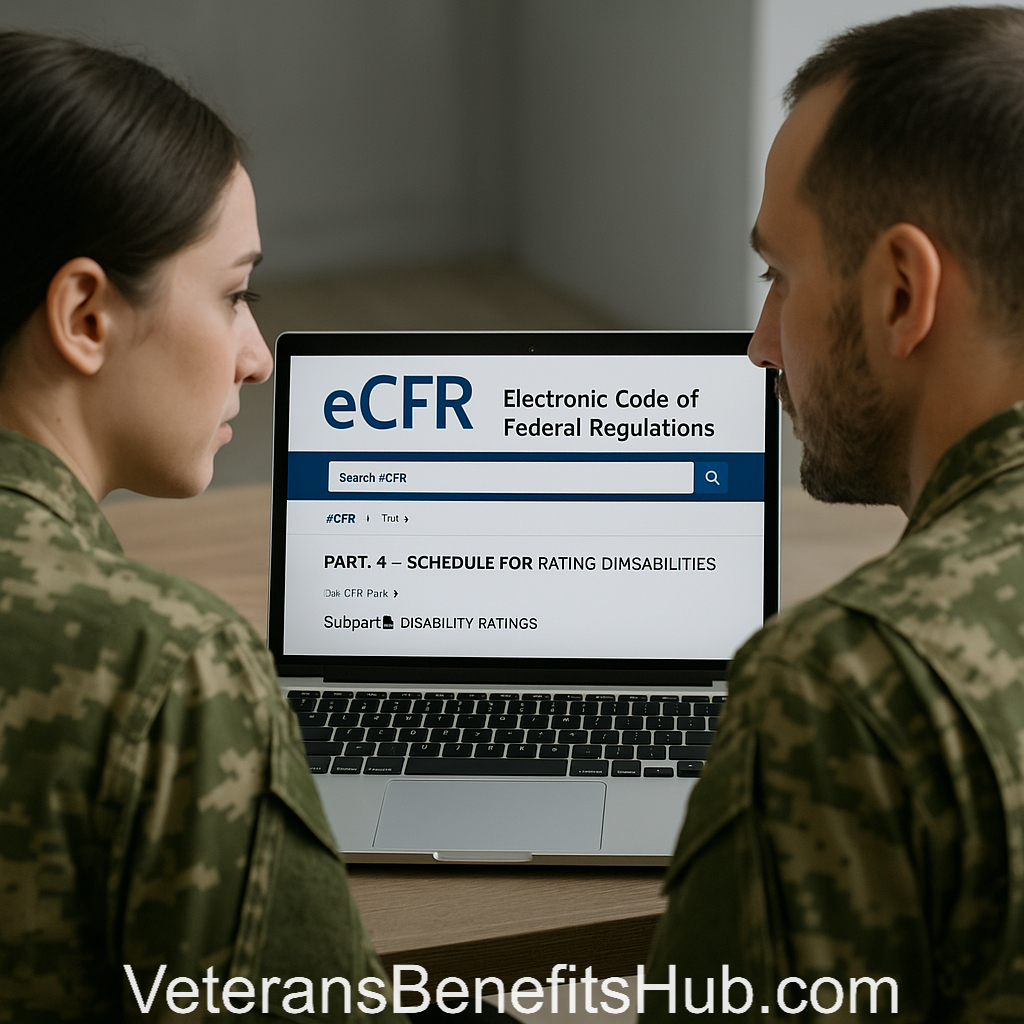Understanding Every Stage of a VA Claim: The Real Truth

Understanding the Stages of VA Claims: A Veteran’s Guide
Veterans, navigating the VA claims process can feel like a battlefield. Whether you’re wondering why your claim is bouncing between stages or how long each step takes, this guide breaks down the seven stages of a VA claim, what’s happening behind the scenes, and how to stay proactive. Let’s cut through the confusion and get to the truth.
Why Do VA Claims Feel So Complicated?
Filing a VA claim isn’t just paperwork—it’s a strategic process, like preparing for court. The stages are intentionally vague, guided by federal law, VA policy, and real-world challenges. Whether you’re a new claimant or stuck in “purgatory” (Stage 5), this guide will help you understand what’s happening and why.
Pro Tip: Don’t obsess over your claim status. Check it every other week to avoid stress. Set a reminder and focus on what you can control.
The 7 Stages of a VA Claim
Stage 1: Claim Received
This is the VA’s “postmark.” Your claim is officially in the system, timestamped with the date it was received. This date determines your potential back pay (unless you filed an intent to file or a supplemental claim).
- What’s Happening: The VA acknowledges your claim, whether it’s an initial claim, supplemental claim, or appeal.
- Action Item: Verify the claim date on VA.gov. If it’s incorrect, contact the VA immediately to fix it.
Stage 2: Initial Review
This stage is quick—sometimes skipped entirely. A Veteran Service Representative (VSR) checks if your claim meets basic requirements.
- What’s Happening: The VSR ensures your claim is complete, you’re eligible, and you’ve submitted enough medical/service records. They also classify it (new, supplemental, or increase).
- Why It Matters: Think of this as your first win. If your claim moves to Stage 3, it’s cleared the initial gatekeeper.
Stage 3: Evidence Gathering
This is where the real work begins. The VA gathers evidence to support your claim, including service records, medical records, and scheduling Compensation and Pension (C&P) exams.
- What’s Happening: The VA requests records from providers, the Department of Defense, and private doctors (if you’ve signed a release). They also schedule C&P exams through contractors.
- Opinion: The VA’s “duty to assist” model sounds helpful, but they won’t chase down missing records. If a provider doesn’t respond, the VA may proceed without it, risking denial.
- Action Item: Submit all evidence yourself via the VA’s QuickSubmit portal to speed things up. A Fully Developed Claim (FDC) with all records included moves faster.
Evidence Tip: Ensure your evidence is Competent, Credible, and Probative (CCP). Cite VA case law, medical journals, or 38 CFR to strengthen your claim.
Stage 4: Evidence Review
A VA rater reviews all compiled evidence, including buddy letters, nexus letters, and C&P exam results, guided by 38 CFR § 3.102 (the “benefit of the doubt” doctrine).
- What’s Happening: The rater checks for a diagnosed disability, a nexus to service, and a clear connection between the two.
- Opinion: The “benefit of the doubt” rarely feels like it’s in your favor. The VA won’t connect the dots for you—you must present a clear, cohesive case.
- Action Item: Know the VA’s Schedule of Ratings for your condition and use the correct verbiage during C&P exams. A poorly conducted exam can derail even the best claim.
Stage 5: Preparation for Decision
Welcome to “purgatory.” This stage often takes the longest as the rater drafts your decision letter, ensuring legal and medical compliance.
- What’s Happening: The rater justifies each decision, referencing the Schedule of Ratings, M21-1, and 38 CFR. Complex claims or unclear C&P exams may require clarification, sending your claim back to Stage 3.
- Why It Takes So Long: Raters juggle thousands of claims, and no two disabilities are identical. Compliance checks slow things down.
- Opinion: This stage feels like torture because you’re waiting on a federal employee to think critically—never a fast process.
Stage 6: Pending Decision Approval
A supervisor reviews the rater’s decision to ensure accuracy and compliance (M21-1, Part III, Subpart V, Chapter 6).
- What’s Happening: The decision is double-checked before approval. This stage is usually quick (a week or less).
- Opinion: It’s frustrating that the VA doesn’t share the decision immediately, opting to mail it instead.
Stage 7: Preparation for Notification
You’ve made it! The VA finalizes your decision letter, detailing your rating, back pay, and effective date (38 CFR § 3.103(b)).
- What’s Happening: The VA prepares and mails your decision letter.
- Action Item: Read the letter twice. Check:
- Back Pay Date: Ensure it aligns with your filing date, intent to file, or ETS date.
- Bilateral Factor: Confirm it’s applied correctly for paired conditions (e.g., both knees).
- Denials: Review why claims were denied and prepare for supplemental claims or appeals.
Key Takeaways for Veterans
80% of denied claims fail due to insufficient evidence or poor presentation, not because they’re invalid. To succeed:
- Submit a Fully Developed Claim with all evidence upfront.
- Connect every dot for the rater with clear, organized documentation.
- Understand the Schedule of Ratings and prepare for C&P exams.
You’re Not Alone
The VA claims process can feel daunting, invalidating, and unfair. You’ve sacrificed so much, only to face a system that demands you “prove” your injuries. But you’re not alone. Resources like VeteransBenefitsHub.com, Veterans Service Organizations, and online communities are here to help.
Our Mission: VA claims aren’t just about ratings or money—they’re about giving you time to think, heal, and pursue your next mission. Use this process as a stepping stone to build the life you deserve.
Have Questions?
Drop your questions or share your experiences in the comments below. Want us to cover a specific VA claims topic? Let us know! For more resources, explore VeteransBenefitsHub.com or visit VA.gov.
Disclaimer: This article provides general information about the VA claims process based on federal law, VA policy, and practical experiences. Portions of this article reflect the author’s opinions and perspectives, which may not represent the views of the Department of Veterans Affairs or VeteransBenefitsHub.com. For personalized advice, consult a Veterans Service Officer or accredited representative.








